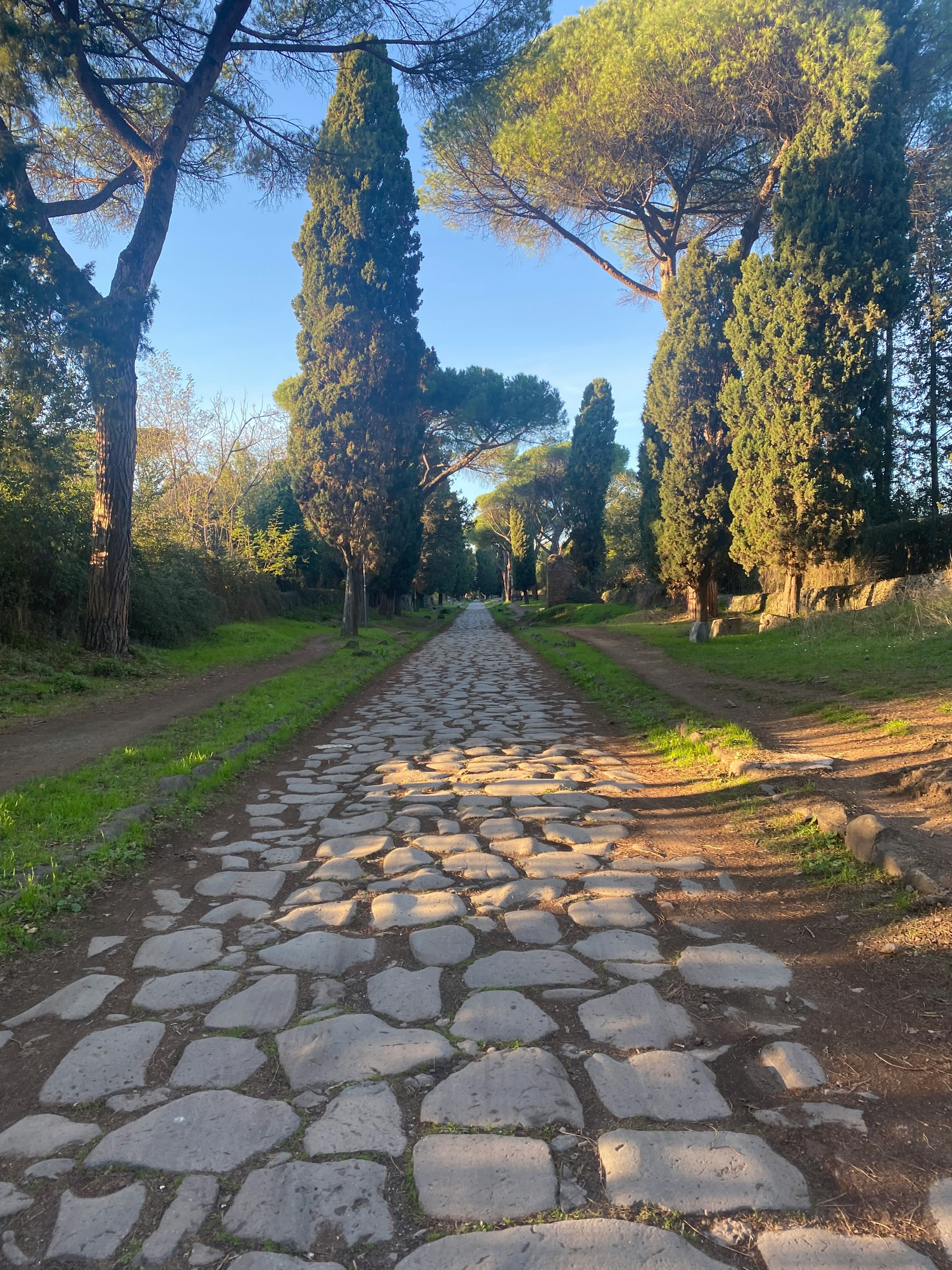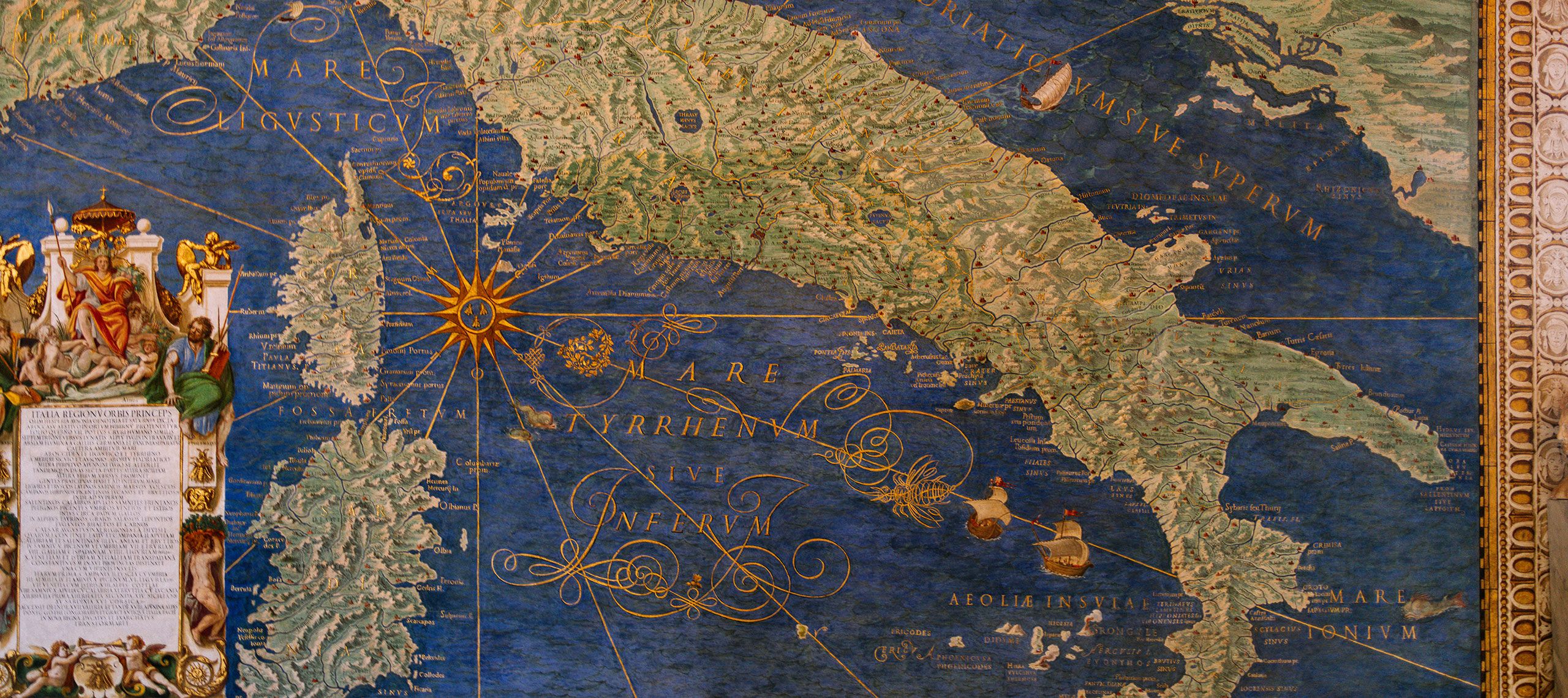Was Rome the Facebook of ancient history?
Rather than seeing the Roman Republic as a vast, imperial nation-state, it may have been more like a modern-day social media brand.
By Julianne Evans
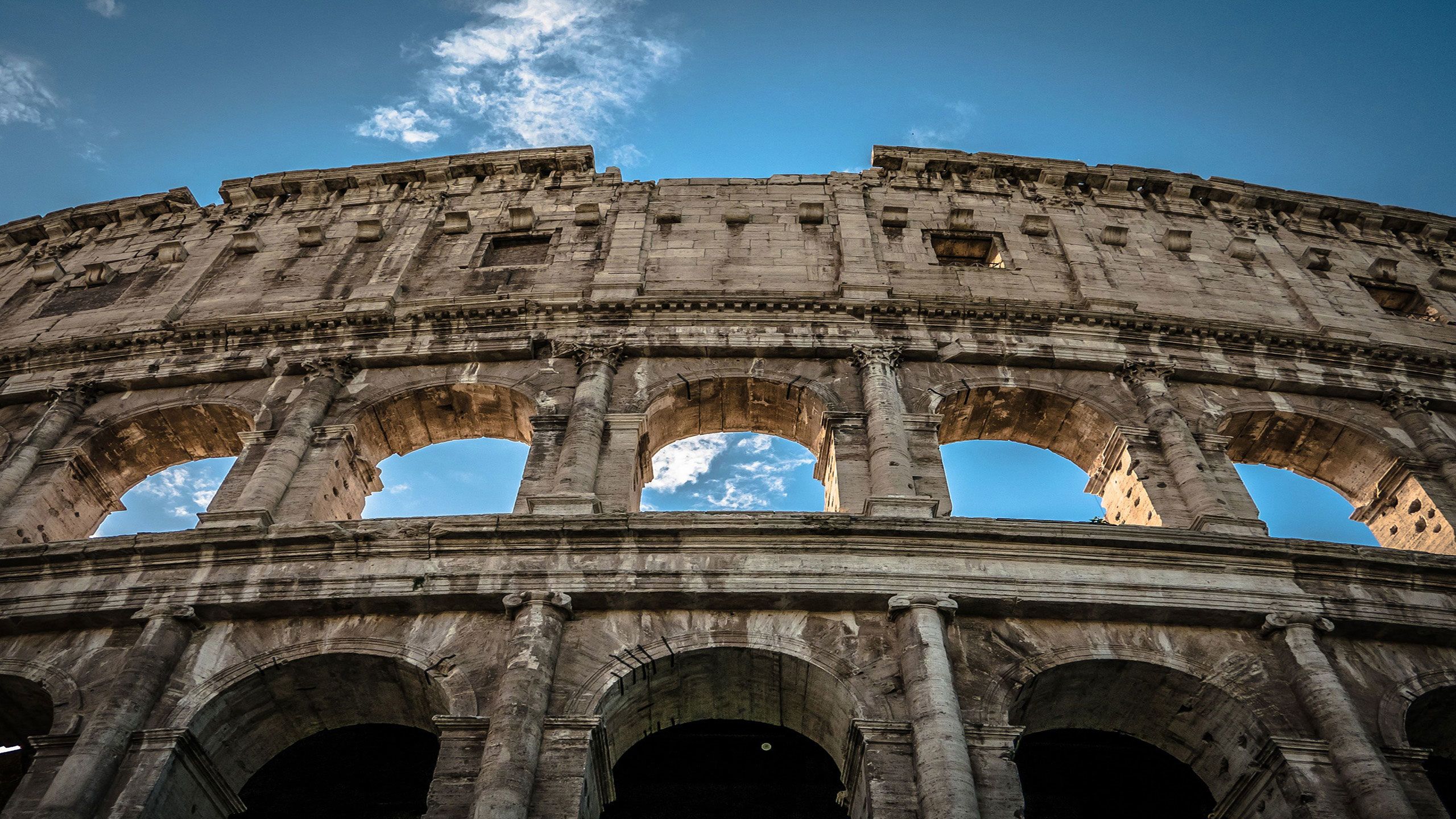
Rome’s grand Republic, with its invincible legions and violent politics, still holds sway in film, television and theatre 2000 years after men like Julius Caesar and Augustus lived and breathed.

Popular culture depicts the Roman empire as a vast and powerful civilisation that controlled much of the-then known world.
That’s the prevailing view, says Jeremy Armstrong, a professor of classics and ancient history at the University of Auckland. “In other words, the expanding Roman Republic has long been thought of as a coherent state, defined by territory and borders, laws and constitutions, a unified people and citizen body with shared ideals and myths. As a result, we have often thought about the growth of Rome and Roman power in very modern terms, as a gradual spread of colour – and power – across a map.”
The problem was that, as his scholarship took him deeper into the sources and evidence, this concept of Rome made less and less sense. Rather than seeing the Roman Republic as a vast, imperial nation-state, Armstrong says it may have been more like a modern-day social media brand. Was the Roman empire actually the Instagram or Facebook of ancient history?
Armstrong says, “My work started off by questioning this baseline assumption for how ancient states and ‘empires’ functioned, especially early Rome, and I looked for other types of models, relationships, and ideas that might explain things better.”
The crucial issue was the overriding perspective that likened ancient states like Rome to modern nation-states. Instead, and “somewhat oddly”, he says, early modern empires and imperialist nations took inspiration from what they thought Rome was doing; and then Rome, in turn, was reinterpreted based on how early modern empires and nations behaved.
So if it was not a nation-state, what was early Rome? What did it mean to be Roman and what did that mean for Roman expansion?
“I often liken the idea of the city of Rome to something like a shopping mall; the point of it is to attract activity, not necessarily have lots of people working or living there. It aims to draw people in regularly, who then bring their own resources, influence, and business.”
Rather than progressing outwards over time from a central point, he says, ‘Roman-ness’ was more akin to a brand that offered a sense of being and belonging. This is particularly true in the early periods of Rome’s history.
“Very much in the way that Facebook, or Instagram, operates now as a brand that’s recognisable, powerful, has many members and spreads in multiple directions. Also, like them, Rome leveraged its members’ identities and relationships. Early Roman power was in its networks.”
For most people, outside of a very small group of elites, it was very much about ‘what you could do for Rome, rather than what it would do for you'.
Early Roman citizenship mostly came with a set of obligations rather than rights and privileges; for example, military service, taxation, obedience to laws, participation in civic life, religious obligations and most crucial of all, loyalty to Rome at all costs.
“For most people, outside of a very small group of elites, it was very much about ‘what you could do for Rome, rather than what it would do for you’,” says Armstrong. “Perhaps the one perk was protection.”
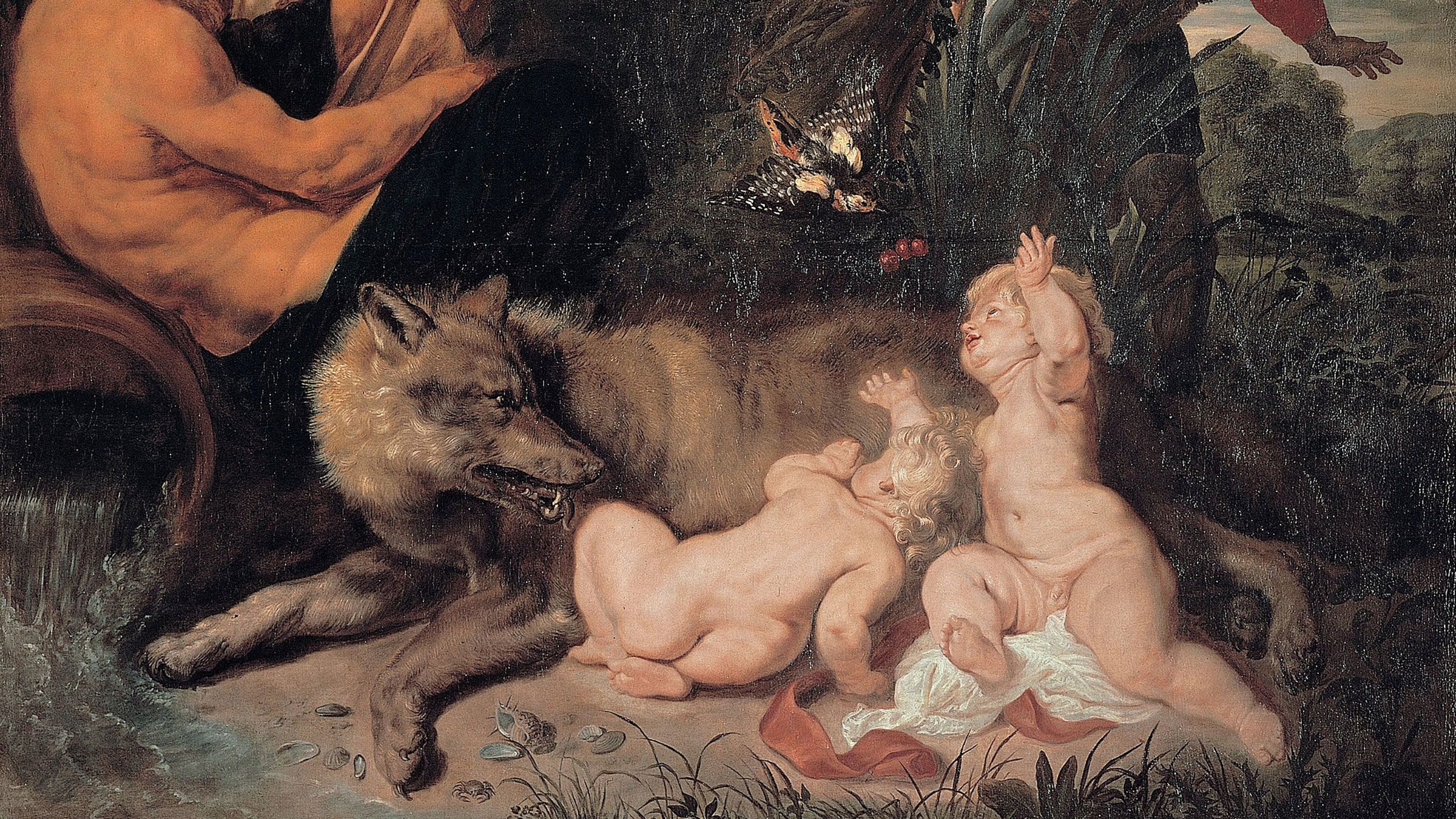
Rather than progressing outwards over time from a central point, he says, ‘Roman-ness’ was more akin to a brand that offered a sense of being and belonging. This is particularly true in the early periods of Rome’s history.
“Very much in the way that Facebook, or Instagram, operates now as a brand that’s recognisable, powerful, has many members and spreads in multiple directions. Also, like them, Rome leveraged its members’ identities and relationships. Early Roman power was in its networks.”
Early Roman citizenship mostly came with a set of obligations rather than rights and privileges; for example, military service, taxation, obedience to laws, participation in civic life, religious obligations and most crucial of all, loyalty to Rome at all costs.
What people now think of as Roman-ness got a late start.
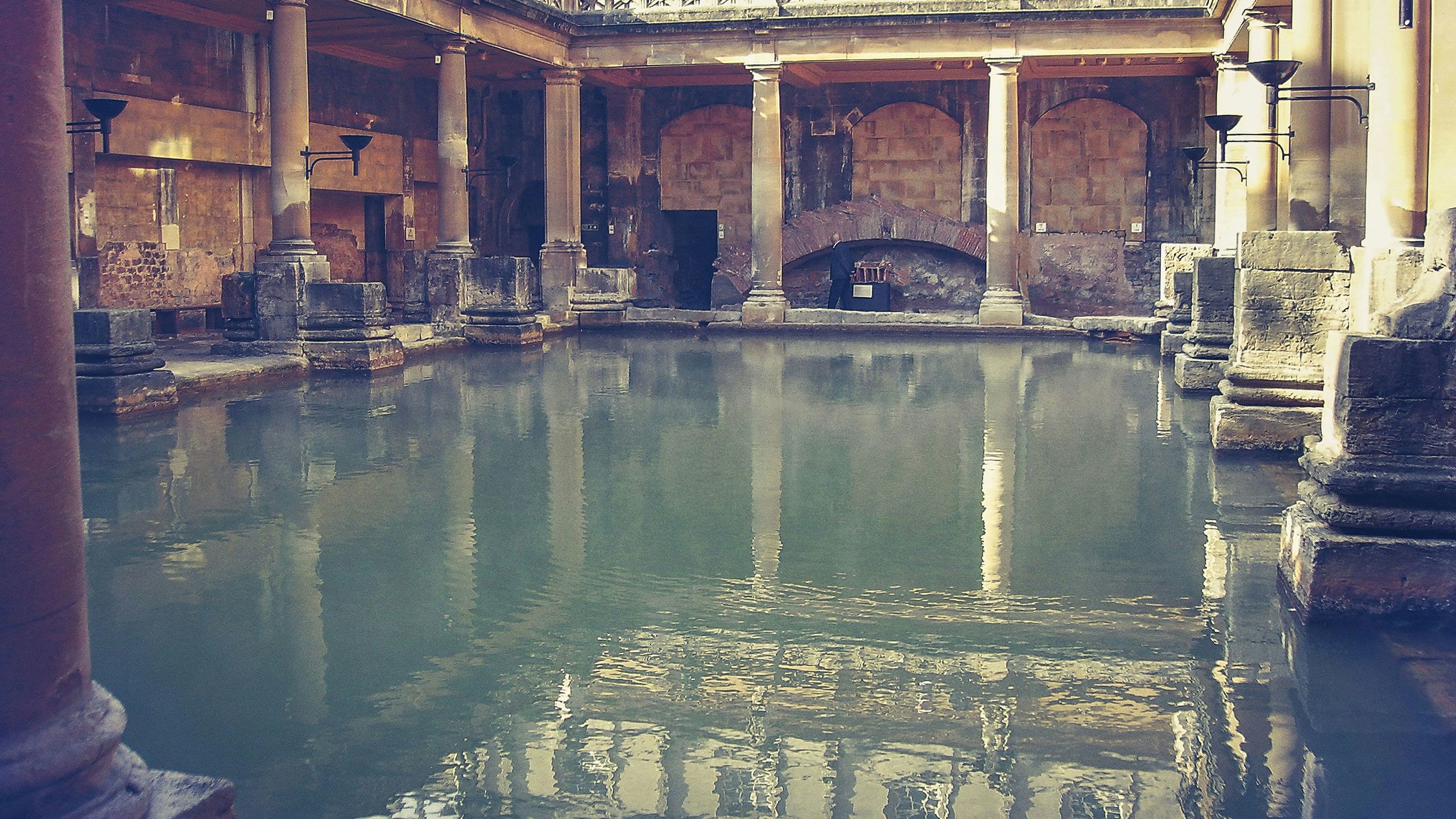
“Considering the city of Rome traditionally dates back to around 753 BCE, evidence for anything distinctively Roman is surprisingly thin. For example, one of the earliest identified Roman coins, an example of which is actually held at the University, is dated much later, to 269 BCE.”
However, by around 338 BCE, there was some evidence of ‘Romans’ as a group distinct from ‘Latins’, “so the ‘Us vs. Them’ mentality had been established,” he says.
“A small group of Roman elites built a powerful brand identity to better pursue their own bloody, violent ambitions, and the Roman Senate, and the emerging Roman system, were essentially mechanisms for greed and power which turned out to be brutally effective,” he says.
“The Romans leveraged and reworked existing networks of trade and communication within Central Italy and added a layer of Roman-ness to them to create ‘Brand Roman’.”
Rome’s leaders also successfully squashed political conversations about anything other than Rome.
“They controlled movement and communication and linked a written language (Latin) with that powerful brand identity, backed up by a well-organised and flexible army, feats of civil engineering (roads, walls, and aqueducts) and made themselves the only game in town.”
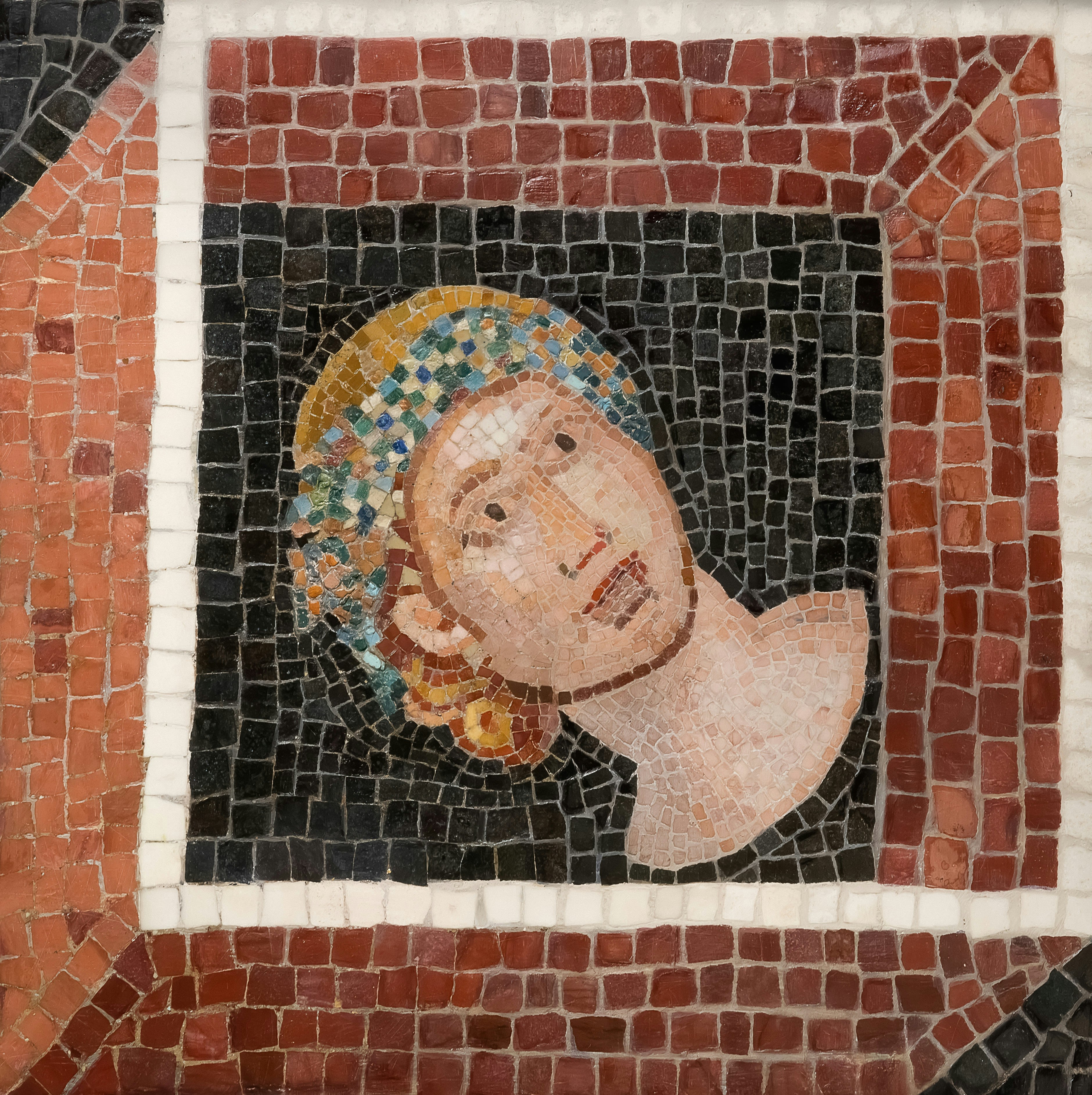
Armstrong says what was initially a local, Italian brand was then “put on steroids” during the great wars with Carthage in the third century BCE.
“By 200 BCE, there were Romans, and there was everyone else – Italians, Carthaginians, Greeks, Celts – and ‘a conscious othering’ was going on,” says Armstrong.
“Roman expansion in the wider Mediterranean really kicked off after the Second Punic War, around 201BCE, when Rome got involved in a half-century of bloodthirsty aggression around the Mediterranean, marked by mass enslavements, destruction of cities and economic exploitation: this was not integration or coexistence, this was absolute domination. It was also exceptional, even in Rome’s own history, and necessarily the way we should understand all Roman expansion.”
His own background might explain a natural inclination to consider the origins and outcomes of land, identity and nationalism. With family roots from Scotland and the United States, as a young man he became fascinated tracing the complicated journeys of his own forebears.
It became clear that for him, all roads did in fact lead to Rome: specifically, early Roman warfare, state formation and the Roman Republic
His own travels took him from Texas to New Mexico, “a diverse, different place to Texas, with a very different sense of place and identity”, to attend the University of New Mexico. There, he discovered the joys of American football, Latin, Greek myths, and an interest in archaeology, and got the chance to see some of the most famous ancient sites up close on a field trip to Greece.
And it was also there, and later at the University of St Andrews, where he did his MLitt and a PhD in Ancient History, that it became clear that for him, all roads did in fact lead to Rome: specifically, early Roman warfare, state formation and the Roman Republic. A recent project involved recreating a set of authentic Roman armour.
Since coming to Aotearoa New Zealand in 2008, his research has focused on nation states and imperialism, seeking to find new perspectives on established paradigms.
Professor Jeremy Armstrong. Photo: Tim Page
Professor Jeremy Armstrong. Photo: Tim Page
No two empires look alike, he concludes, and even Rome’s empire had different phases. But greed and power are the common motivators, which is still the case today.
“As we’re seeing around the world, who belongs, according to the powerful, and who doesn’t, can be the cause of great misery. While these identities are often based on existing features and relationships, we must be careful about how we allow these to be used by those in power.
“Groups are very powerful. Humans are social creatures, and society is our superpower. Being and belonging are not things we should ever take for granted.”
Ancient map of the Roman Empire
Ancient map of the Roman Empire
Jeremy Armstrong is the author of Children of Mars: The Origins of Rome’s Empire (Oxford University Press, 2025), War and Society in Early Rome: From Warlords to Generals (Cambridge University Press, 2016) and Early Roman Warfare: From the Regal Period to the First Punic War (Pen & Sword, 2016).
This article is based on Jeremy Armstrong’s inaugural lecture as a new professor of Classical Studies and Ancient History at Waipapa Taumata Rau, University of Auckland in October 2025.




